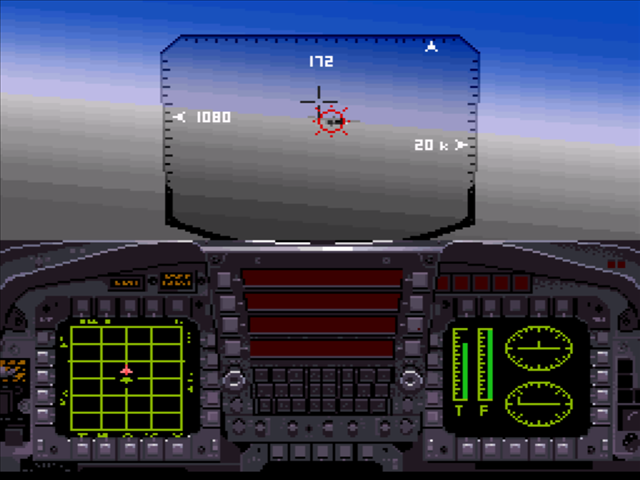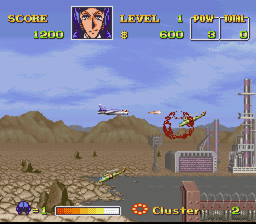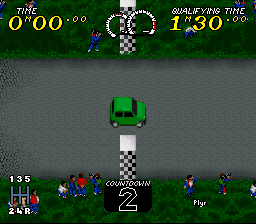Super Strike Eagle for the SNES was both developed and released by MicroProse. Yes, that MicroProse.
MicroProse was a US video game publisher and developer, founded in 1982 by Bill Stealey and the one and only Sid Meier. It developed and published numerous games, many of which are fondly remembered either to this day as groundbreaking or as titles with huge cult status, examples being the Civilization and X-COM series. The majority of its internally developed titles were often either vehicle simulation games or strategy titles.
The name MicroProse still exists today but it has basically nothing to do with the original company, all of the big names and talent from the original MicroProse left and formed Firaxis Games in 1996. The name MicroProse was acquired through the original company having been bought up when it was struggling and the people who brought it at Hasbro have since sold the rights to the name and various other assets which have been sold on and on till they ended up in the hands on someone who wanted to use it.
The basic story behind this game is that you are a fighter pilot flying for the United Nations whose overall objective is to bring various governments around the world back into cooperation with the UN basically by blowing the crap out of them. Yes this could be termed as diplomatic negotiations James T Kirk style, or at least it could be if there was a mini-game involving sex with hot alien women, but I digress.
The game uses three different perspectives. When you take off the game starts you off in third person, utilizing its Mode 7 graphics to give you an interesting interactive take off. Then once you’re up in the air the view switches to an overhead world map, where the plane can be moved between objectives. In this view you can see enemy jets and missiles and if you can keep your distance then you’ll stay in this view. When enemy planes get close to you the game switches briefly to a first-person cockpit mode. This is kind of like Wing Commander, in that you chase the planes and try to get them in your sights. This is kind of the most realistic looking part. When you find yourself near to mission-critical targets (ones which you have to bomb) then the game again switches view, this time to an overhead bombing mode, this is where the game uses its Mode 7 scaling and rotation abilities the most.

I find the game fun. It kind of just leaves you to it though and doesn’t hold your hand much which is either a good thing or an awful thing depending on how you like your games. Also the switching of views is something which some people will probably like, others will probably be confused by. In my opinion though this is one of the things that makes the game really interesting and different. Some of the graphics are amazing for when this game came out but they are a little bit dated now. There is a real sense of effort with this game though, like they tried to throw every trick in the book at it in order to make it stand out. Back in the day I remember this game getting a lot of 65%-type ratings. To me there seemed to be a general attitude of this game not being the kind of thing that belonged on a console. Now days though we have seen just about every type of game possible both on PC and on console. Yes, some might lend themselves to one slightly better than the other but I always feel the need to salute people who try to get a new trick out of an old dog, who try to break convention. For this reason I give this game seven out of 10. Back in the day If I had played this game I would have scored it even higher than that I believe.
I bought this game specifically for this review because I managed to get a US copy boxed with manual for £6 including postage, and at that price I have to admit I am incredibly happy with this game. There are a few copies online now knocking around the £8 to £12 figure for boxed US copies. As for UK PAL versions though they seem to be few and far between with people asking up to £25 for a cart alone. This game is an easy import it played on my modified machine and through a regular cheap converter with no issues at all so it might even be cheaper to get a boxed copy and a cheap import converter rather than go PAL.


 If you were a big fan of Capcom then the SNES was definitely the machine for you to get your arcade fix on back in the day. If you have
If you were a big fan of Capcom then the SNES was definitely the machine for you to get your arcade fix on back in the day. If you have 
